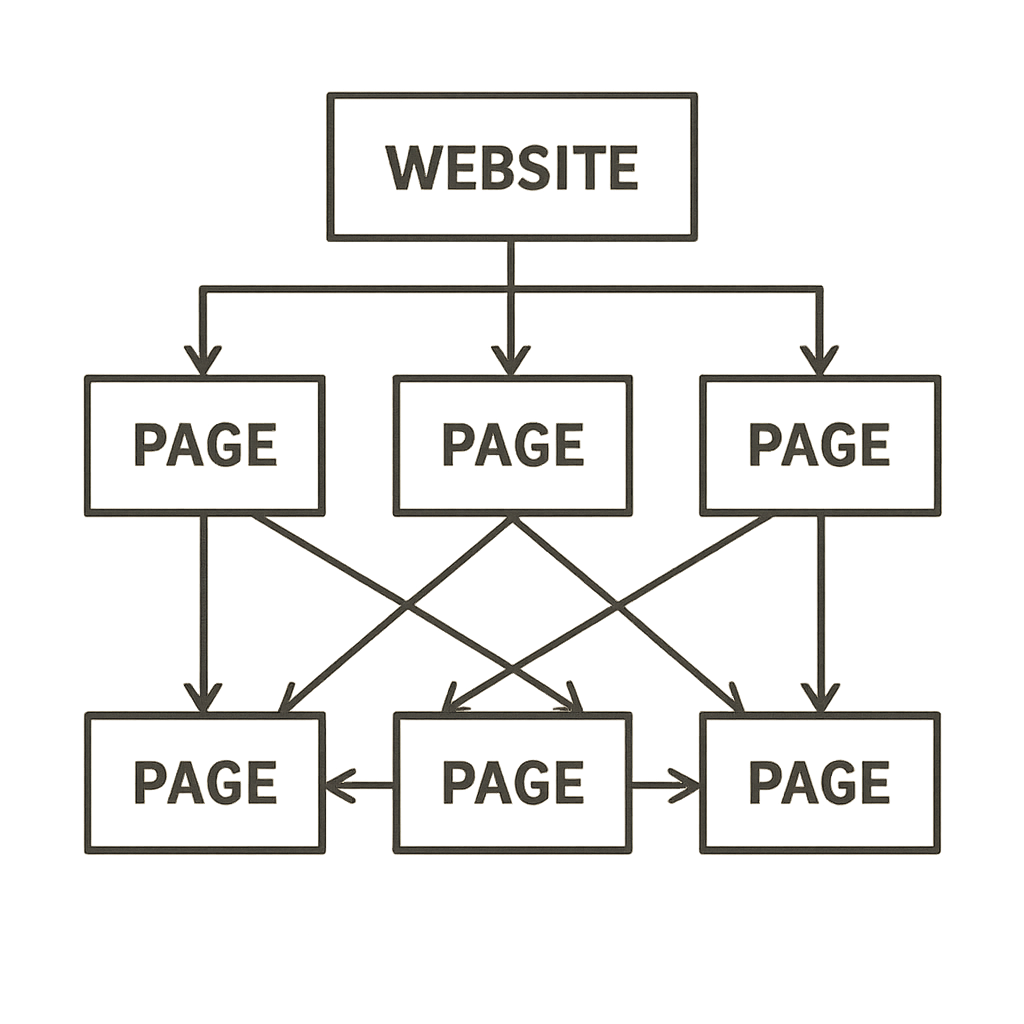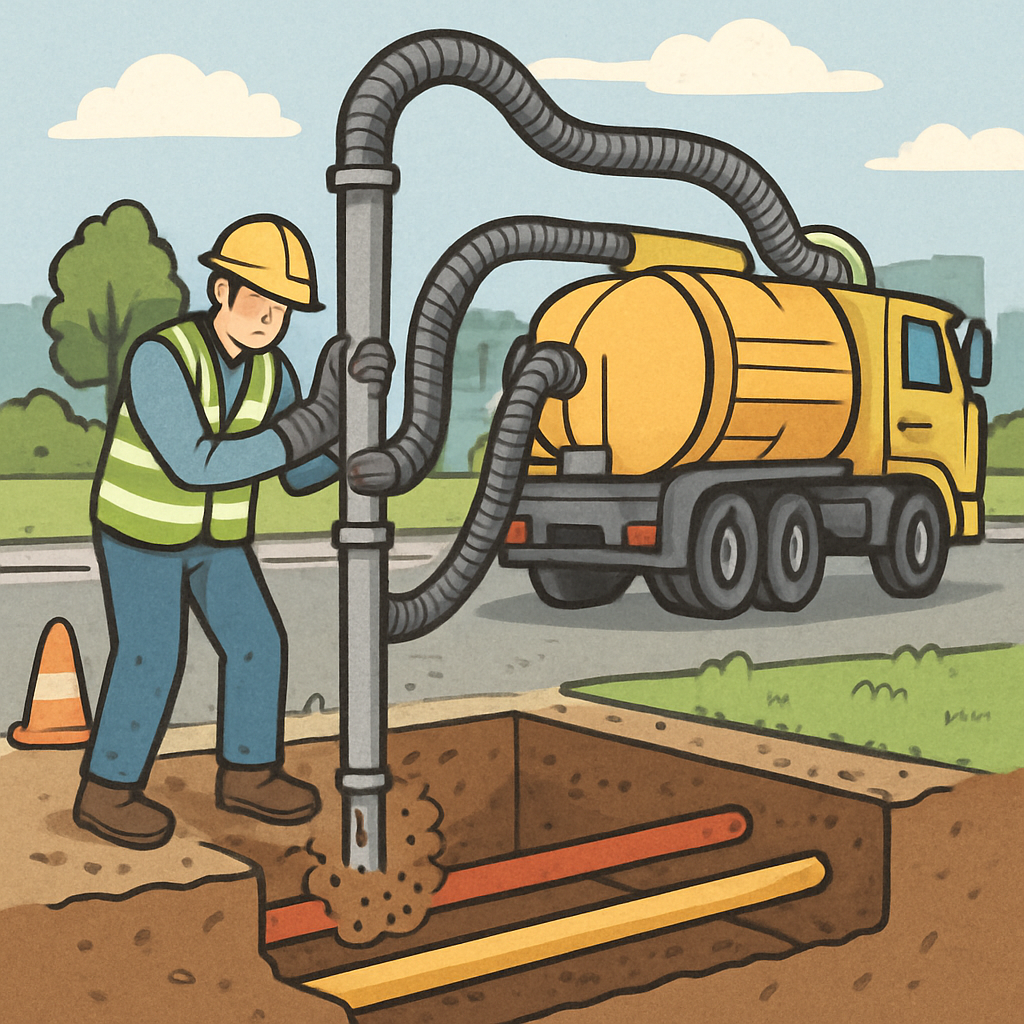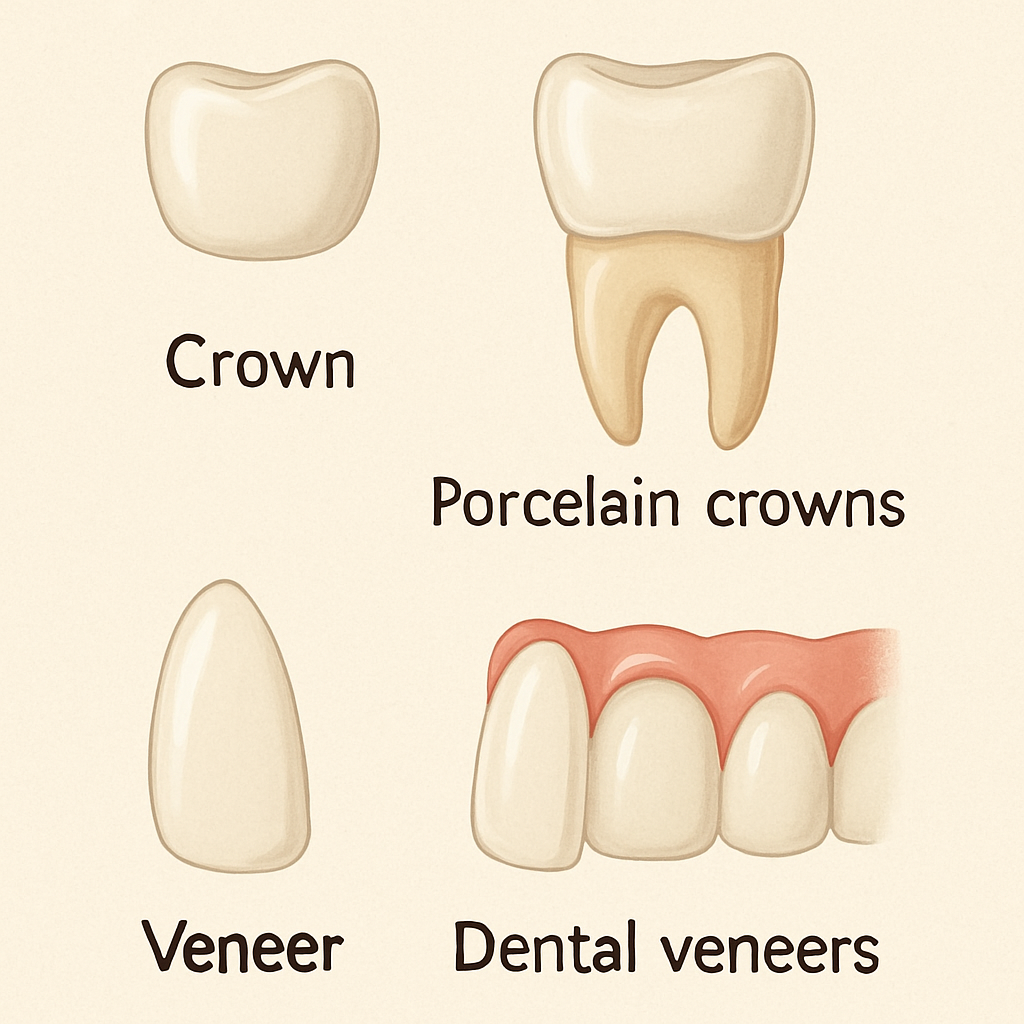Navigating the world of Specialist Disability Accommodation (SDA) can be complex.
Understanding the pricing and payment structures is crucial. It affects participants, their families, and providers alike.
This article aims to shed light on SDA pricing structures. We will delve into how these prices are determined and the payment options available.
We will also explore the impact of these structures on the SDA market. This includes the quality and availability of SDA homes.
Whether you’re an SDA participant, a provider, or an investor, this article will provide valuable insights.
By the end, you’ll have a comprehensive understanding of SDA pricing and payment structures.

The Role of Specialist Disability Accommodation (SDA)
Specialist Disability Accommodation (SDA) plays a vital role in the lives of people with disabilities. It provides housing solutions tailored to their unique needs.
SDA homes are designed to offer a safe, comfortable, and accessible living environment. They cater to individuals with high support needs, promoting independence and inclusion.
The National Disability Insurance Scheme (NDIS) is a key player in SDA. It provides funding for SDA homes, ensuring that individuals with disabilities have access to suitable accommodation.
SDA pricing under the NDIS is determined by several factors. These include the location of the property, its design category, and the type of building. The NDIS Price Guide sets the benchmark for SDA pricing, providing a clear framework for providers and participants.
Understanding SDA pricing is crucial for all stakeholders. Here are some key points to consider:
- SDA pricing is linked to the design category and the cost of construction.
- The NDIS Price Guide sets the benchmark for SDA pricing.
- SDA payments are separate from Supported Independent Living (SIL) payments.
- SDA pricing can influence the quality and availability of disability housing.
SDA pricing is influenced by a variety of factors. These factors are crucial in determining the cost of providing suitable accommodation for individuals with disabilities.
The first factor is the location of the property. Properties in urban areas, where land and construction costs are higher, tend to have higher SDA pricing. Conversely, properties in rural or remote areas may have lower pricing, reflecting the lower cost of land and construction.
The second factor is the design category of the property. The NDIS recognizes four design categories for SDA:
- Improved Liveability
- Fully Accessible
- Robust
- High Physical Support
Each category has different pricing, reflecting the varying costs of construction and maintenance. For example, a property in the High Physical Support category, which requires extensive modifications and high-quality materials, will have higher SDA pricing than a property in the Improved Liveability category.
The design category of an SDA property plays a significant role in determining its pricing. Each category is designed to cater to different levels of physical support and accessibility needs.
The four SDA design categories are:
- Improved Liveability: These homes are designed for people with sensory, intellectual or cognitive impairments. They feature improved spatial planning and robust materials to reduce the likelihood of damage.
- Fully Accessible: These homes are designed for people with significant physical impairment. They have features such as step-free entrances and wider doorways to accommodate wheelchairs.
- Robust: These homes are built for people with complex behaviours. They have features such as secure windows and doors, and areas of retreat for the resident.
- High Physical Support: These homes are designed for people with significant physical impairment and require a high level of support. They have features such as ceiling hoists and emergency power solutions.
The pricing for each category reflects the cost of construction, maintenance, and the level of support required by the residents. Understanding these categories and their pricing implications is crucial for both SDA providers and participants.
SDA payments are a crucial part of the SDA pricing structure. They are made to SDA providers to cover the cost of providing suitable accommodation to eligible participants.
The responsibility for these payments lies with the National Disability Insurance Agency (NDIA). The NDIA calculates SDA payments based on a variety of factors, including the participant’s SDA category, the location of the property, and the type of building. Understanding these factors can help participants and providers navigate the SDA payment system more effectively.
Becoming an SDA provider involves a series of steps. First, potential providers must register with the National Disability Insurance Agency (NDIA). This process includes demonstrating compliance with the NDIS Practice Standards and Quality Indicators.
Once registered, providers can start offering SDA homes. They must ensure these homes meet the specific design requirements outlined in the SDA Rules. These requirements vary depending on the category of the home. Providers also need to understand the SDA pricing and payment structures to ensure their services are financially viable.
SDA pricing plays a crucial role in determining the quality and availability of disability housing. Higher pricing can incentivize providers to invest in better quality homes and services. However, it’s important to strike a balance. Excessive pricing could limit the availability of SDA homes, making it harder for participants to find suitable accommodation.
On the other hand, low pricing could discourage providers from entering or staying in the market. This could lead to a shortage of SDA homes. Therefore, understanding and navigating SDA pricing structures is key to ensuring a sustainable and high-quality disability housing market.
Investing in SDA can offer significant financial returns. This is due to the high demand for disability housing and the attractive pricing structures. The NDIS provides reliable, long-term payments to SDA providers, making it a stable investment option.
However, potential investors should understand the SDA pricing structures and regulations. They should also consider the costs of building or modifying properties to meet SDA standards. By doing so, they can make informed decisions and maximize their returns.
To be eligible for SDA funding, participants must have extreme functional impairment or very high support needs. The NDIS assesses each participant’s eligibility based on their individual circumstances. This includes their disability, living situation, and support needs.
Once approved for SDA funding, participants can choose their preferred SDA provider. They can also decide where they want to live and who they want to live with. This gives participants more control over their living arrangements and ensures they receive the support they need.
The future of SDA pricing structures is likely to evolve with the changing needs and technologies in the disability sector. As more innovative and cost-effective building designs and technologies emerge, SDA pricing may need to adapt to reflect these changes.
Furthermore, ongoing research and data collection on SDA pricing and outcomes will play a crucial role in shaping future pricing structures. This will ensure that SDA pricing continues to support the provision of high-quality and sustainable disability accommodation, while also promoting choice and control for participants.
In conclusion, understanding SDA pricing structures is crucial for all stakeholders in the disability sector. It not only influences the quality and availability of disability accommodation but also impacts the choices and quality of life for participants. As such, it is a key factor in promoting independence, inclusion, and economic participation for people with disabilities.








